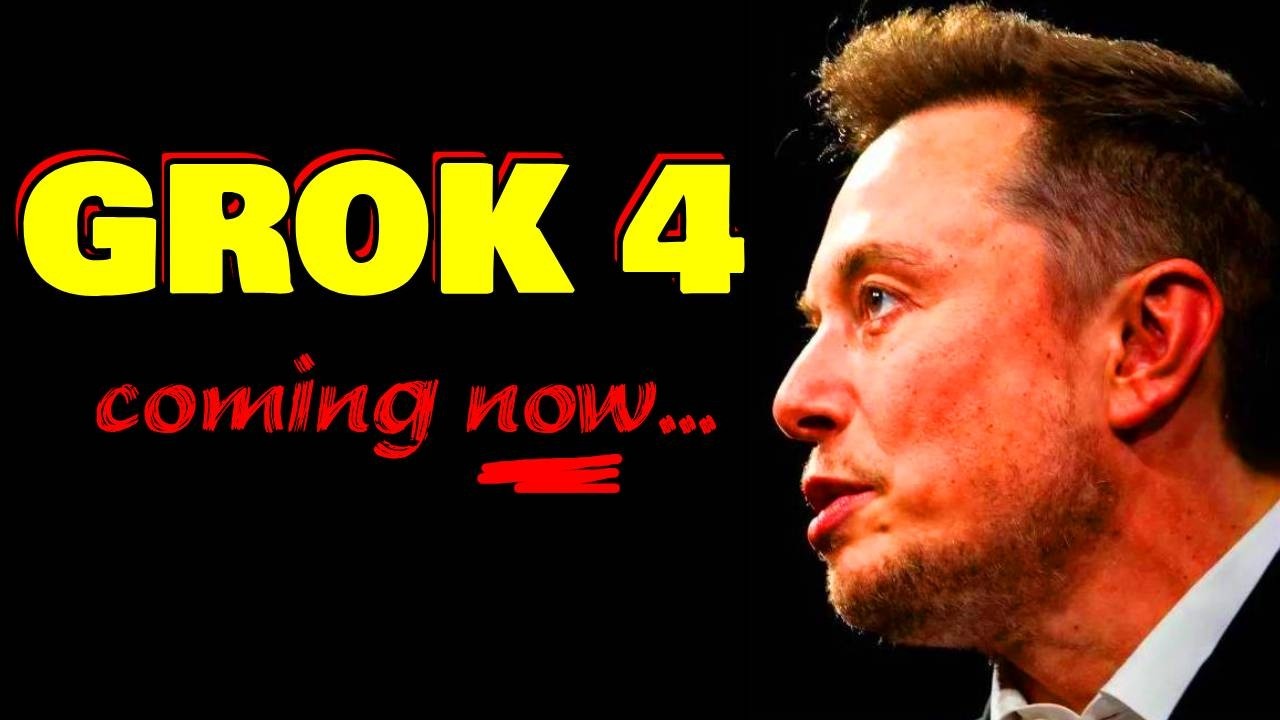Elon Musk announces the imminent release of Grok 4, reflecting major advancements in Tesla’s autonomous delivery and Neuralink’s brain-computer interface technology, alongside rapid progress in AI coding tools from various companies. The video highlights a future where AI and humans collaborate in software development, making programming more accessible and revolutionizing autonomous transportation and neural interfaces.
Elon Musk has announced the upcoming release of Grok 4, which is expected shortly after July 4th. He mentioned that Grok 4 will require one more major run to develop a specialized coding model. Recent advancements include Tesla’s first fully autonomous delivery of a Model Y from the factory to a customer’s home, showcasing Tesla’s progress in self-driving technology. Additionally, Tesla’s robo-taxi service has begun operating on the streets of Austin, Texas, highlighting Tesla’s innovations in autonomous transportation.
Neuralink has made significant strides, demonstrated by a patient controlling a virtual joystick in Call of Duty using brain-computer interface technology. This AI system trains over time to interpret brain signals and translate them into virtual actions, marking a leap in neural interfaces. Meanwhile, companies like Google and others are focusing heavily on AI coding tools, competing to develop advanced coding agents such as Google’s Gemini CLI and Claude Code, which aid in software development by leveraging large language models connected with scaffolding and human oversight.
Elon Musk emphasizes that the progress from Grok 3 to Grok 4 should be substantial, with expectations that the new version will be significantly better if the scaling principles hold. Historically, model upgrades denoting “.5” versions signify a tenfold increase in training compute, so the jump from Grok 3 to Grok 4 is anticipated to be a major leap. Musk also points out that Tesla’s extensive data collection from its fleet gives Grok an advantage in visual perception tasks, especially on understanding roads and street signs, which are critical for autonomous driving.
The landscape of AI-driven coding tools is progressing rapidly, with many companies developing assistants that combine large language models, scaffolding, and human input. While some research aims for fully autonomous coding agents, the consensus among frontier AI labs is that future workflows will likely involve humans and AI working together rather than relying solely on autonomous agents. There’s skepticism about whether true long-term coherent AI agents are close to being realized, but breakthroughs could transform software development and AI capabilities significantly.
Finally, the video demonstrates how accessible AI coding tools have become for beginners, enabling users to generate complex simulations and applications with minimal technical knowledge. An example shows creating a 3D city traffic simulation using an AI model, which outputs both the code and a working preview. This shift democratizes software creation, making it easier for newcomers to start building and learning, while professional developers will continue guiding AI-assisted workflows. The future is seen as a hybrid of human oversight and AI automation in coding, rather than entirely autonomous AI systems.
